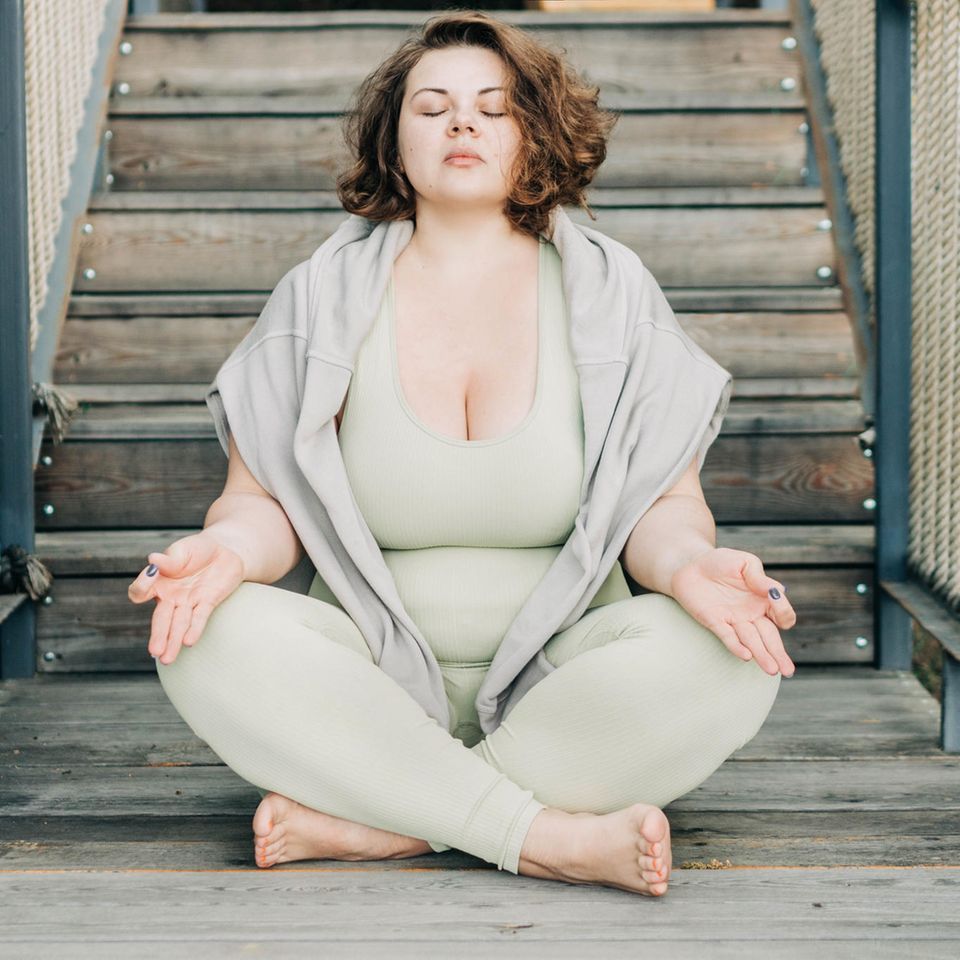Relaxation technique
How to escape the thought carousel with the 5-4-3-2-1 method
© shurkin_son / Adobe Stock
Fears and negative thoughts can make our lives unnecessarily difficult. The 5-4-3-2-1 method can help you relax and arrive mindfully in the moment.
There are phases in life that demand an incredible amount from us. Because we have a lot to do, are under a lot of mental stress or are suffering a lot emotionally. There are very different methods for dealing with tension, fears and worries. What helps one person may only increase stress for another. But there are some techniques that have been proven to help many people switch off and get out of the world that keeps spinning faster and faster to get off the carousel of thoughts. This also includes mindfulness.
Mindfulness is not about esoteric mumbo jumbo, but simply about being fully in the present moment. When we anchor ourselves in the here and now, we find it easier to stop letting ourselves be overwhelmed by worries and fears. Because they are usually either related to unpleasant situations in the past or to things that are or could happen in the future.
This is how it works: The 5-4-3-2-1 method against acute stress
One method for arriving completely in the current moment is the 5-4-3-2-1 technique. It’s very simple and can help you regulate your unpleasant feelings and thoughts without trying to suppress them. This technique is about using your senses to mindfully feel the here and now. Because when you focus on your senses as an anchor point, your brain has no room – or at least a lot less – to think about stress, fears and horror scenarios.
5 things you can see
Start with your eyes. What are you seeing right now? Where are you? What does it look like there? Which colors can you recognize? Find five things in your environment or body that you can see in the present moment.
4 things you can touch
Next, use your sense of touch. Feel something around you with your hands, such as your clothing or other textiles. How does the piece of furniture you are sitting on or that is closest to you feel? What texture does it have? Feel four different things.
3 things you can hear
Now it’s time to listen. What three noises or sounds can you hear? Are you outside and hear birds chirping, the wind or cars? Or are you inside and can hear your neighbors in the apartment above you, the whirring of the refrigerator or perhaps your pet? Is your washing machine running? Consciously notice three sounds that you hear around you.
2 things you can smell
Our nose can also help us ground ourselves in the here and now. What can you smell around you? If you’re out and about, the smells of the city could be like the smells of food coming from restaurants. At home, you might smell your detergent or perfume on your clothes, or your shampoo in your hair. Use your sense of smell to notice at least two smells coming your way.
1 thing you can taste
Last but not least comes the tasting. Of course, this is easiest when you are eating or have eaten. Can you still taste some of it, something sweet, salty or bitter perhaps? Or have you just brushed your teeth and still have the taste of your toothpaste in your mouth?
After activating all your senses using the 5-4-3-2-1 method, you will hopefully feel less stressed and tense. Consciously noticing all the things you can see, feel, hear, smell and taste makes it a lot harder for fears, worries and the carousel of thoughts to take over you.
Sources used: insighttimer.com, urmc.rochester.edu

